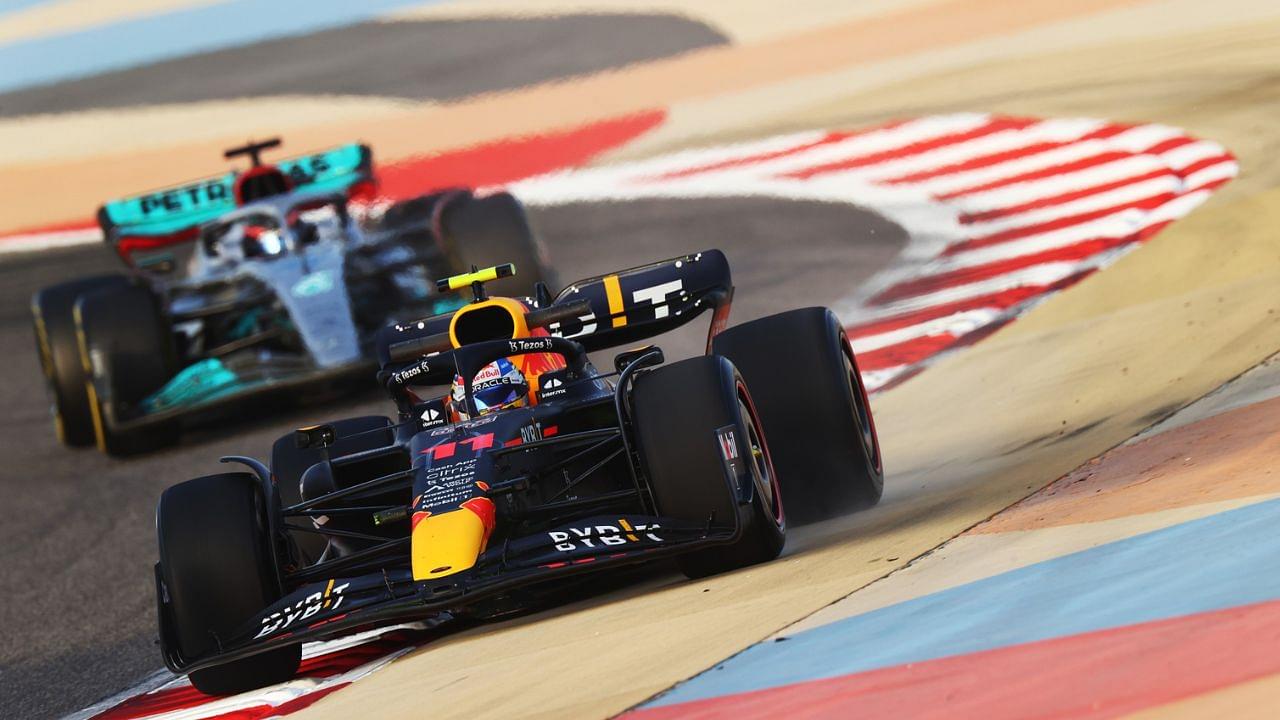It has been nearly three months since we last saw our favourite drivers take their F1 cars out for a spin. The season break has been long as always, but it is coming to an end as the teams are gearing up for the pre-season testing.
All the outfits have their car launch dates set, so the only thing between now and the start of the season is the pre-season test.
Pre-season testing for 2024 is set for February 21-23, just 87 days away! ️️
#F1Testing #CountdownTo2024 pic.twitter.com/KDP5TRSdeU— FirstSportz F1 (@FirstsportzF1) November 27, 2023
This year’s pre-season test will be a three-day affair taking place at the Bahrain International Circuit in Sakhir. This circuit hosted the test last year too and will be the venue for the opening race for the third year running.
The 2024 F1 pre-season testing begins on 21st February and will conclude on 23rd February. This is always an exciting time for the drivers, teams, and fans as they get an early preview of how good they are going to be for the entire season.
Rules that teams have to follow in F1 pre-season testing
Last year’s pre-season test had a similar structure to the upcoming outing. The schedule for the test was revealed on F1’s official website earlier this year and it is similar to last year.
On all three days, the teams will get the opportunity to try out their cars for about eight hours. According to F1’s website, the time allotted for the testing is nine hours. However, it will be divided into a morning and an evening session.
There will be two four-hour sessions spread across all three days and the teams can divide it among their two main and potential driver/s. Usually, a team uses one driver for one complete session, but there are instances such as red flags where their track time gets limited.
This was the case during the pre-season test in Barcelona in 2022 where a red flag caused problems for all the other teams out on track.
What do teams check in pre-season tests?
Pre-season tests are extremely crucial for F1 teams because it is the last time they can test out their machinery before a Grand Prix weekend. The main priority for the teams is to get as many laps under their belt as possible so that they can gather data.
This will allow them to test out key aspects of their new car such as their engine reliability and straight-line speed. The drivers too, need to get to grip on the new cars that they have to drive for the rest of the season. Other than that, the teams also try out different things that contribute to their success during a race weekend, for example, pit-stop timings.
“The car feels like a car for the first time in two years”
️ Toto Wolff expresses hope for @MercedesAMGF1‘s 2024 challenger! #F1 https://t.co/OKha5Ukahf
— Formula 1 (@F1) January 26, 2024
The 2024 F1 season starts just a few days after pre-season testing ends. Every one will be hoping for their cars to be at the best, when they take to the track.








